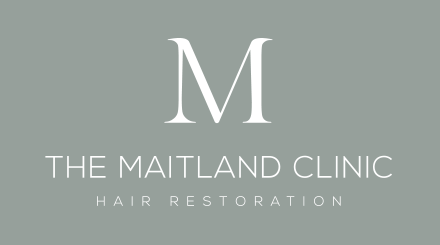Johnjo569
member
I was wondering if any people with transplants or doctors etc could help.
From their own experience are the hair folicles that are transplanted from the side of the head to the top much coarser, denser, less pliable and easy to manipulate than the native hair on the top of the head?
I have heard somewhere that the hairs have different properties on the top of the head to the hair on the sides and the back and really wanted to know how this affects the feel and the general look of the hair ie. the ability to style it, manipulate it, is it soft to the touch etc like normal top of head hair usually is and whether it just looks different when moved fro the side/back of the head to the top.
Also if so does this mean the folicles will appear thicker and less natural looking than natural top of head hair in the front of hairline reconstruction?
From their own experience are the hair folicles that are transplanted from the side of the head to the top much coarser, denser, less pliable and easy to manipulate than the native hair on the top of the head?
I have heard somewhere that the hairs have different properties on the top of the head to the hair on the sides and the back and really wanted to know how this affects the feel and the general look of the hair ie. the ability to style it, manipulate it, is it soft to the touch etc like normal top of head hair usually is and whether it just looks different when moved fro the side/back of the head to the top.
Also if so does this mean the folicles will appear thicker and less natural looking than natural top of head hair in the front of hairline reconstruction?


























